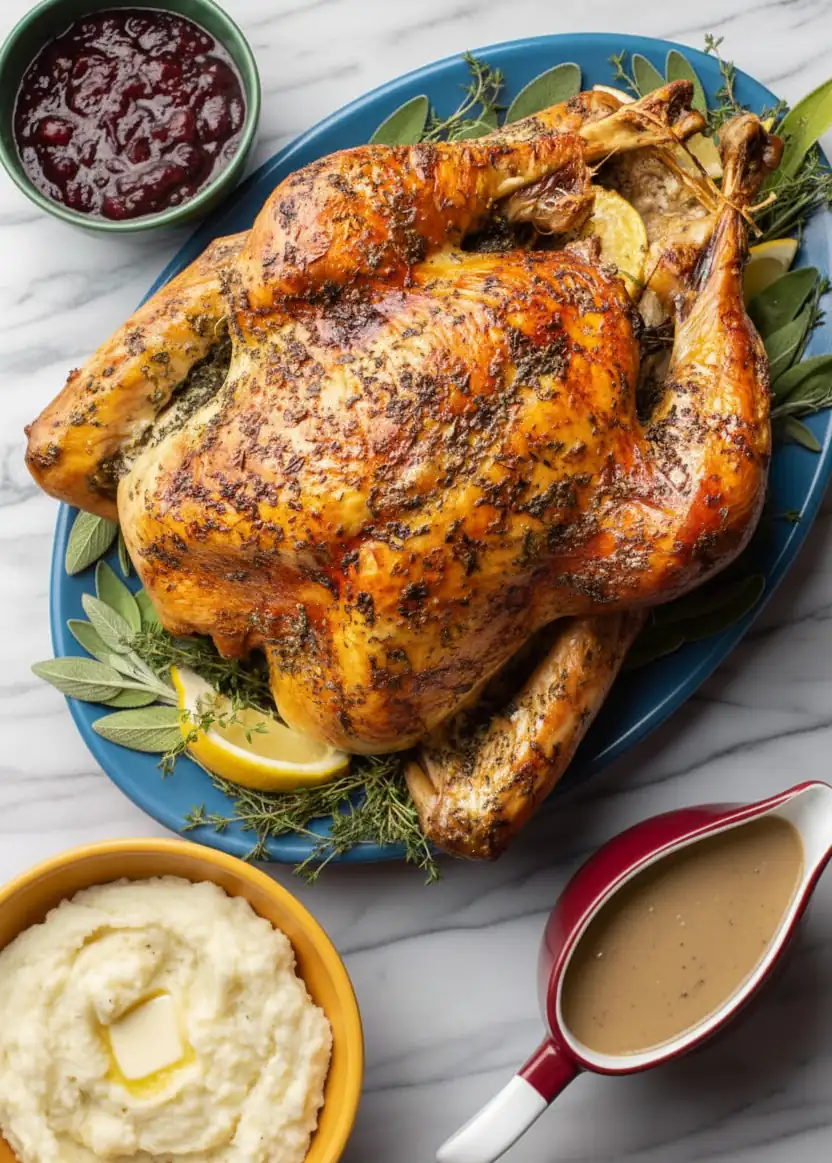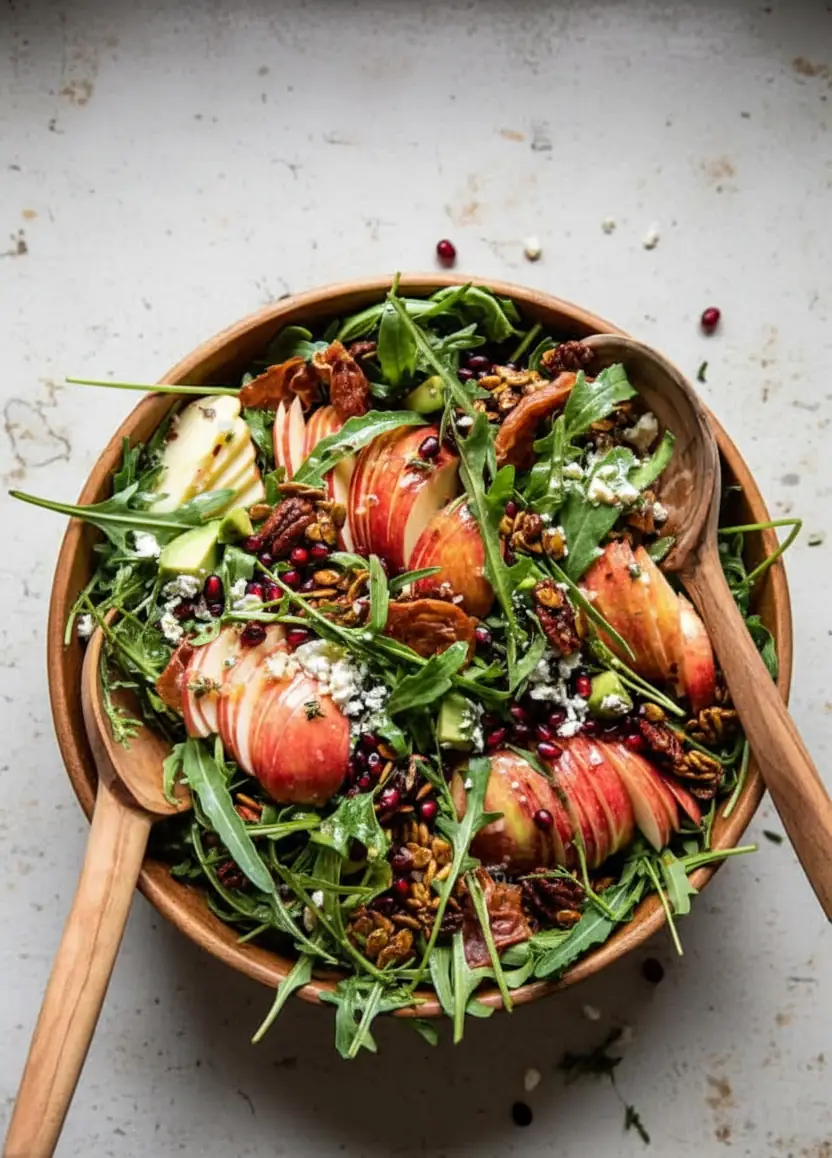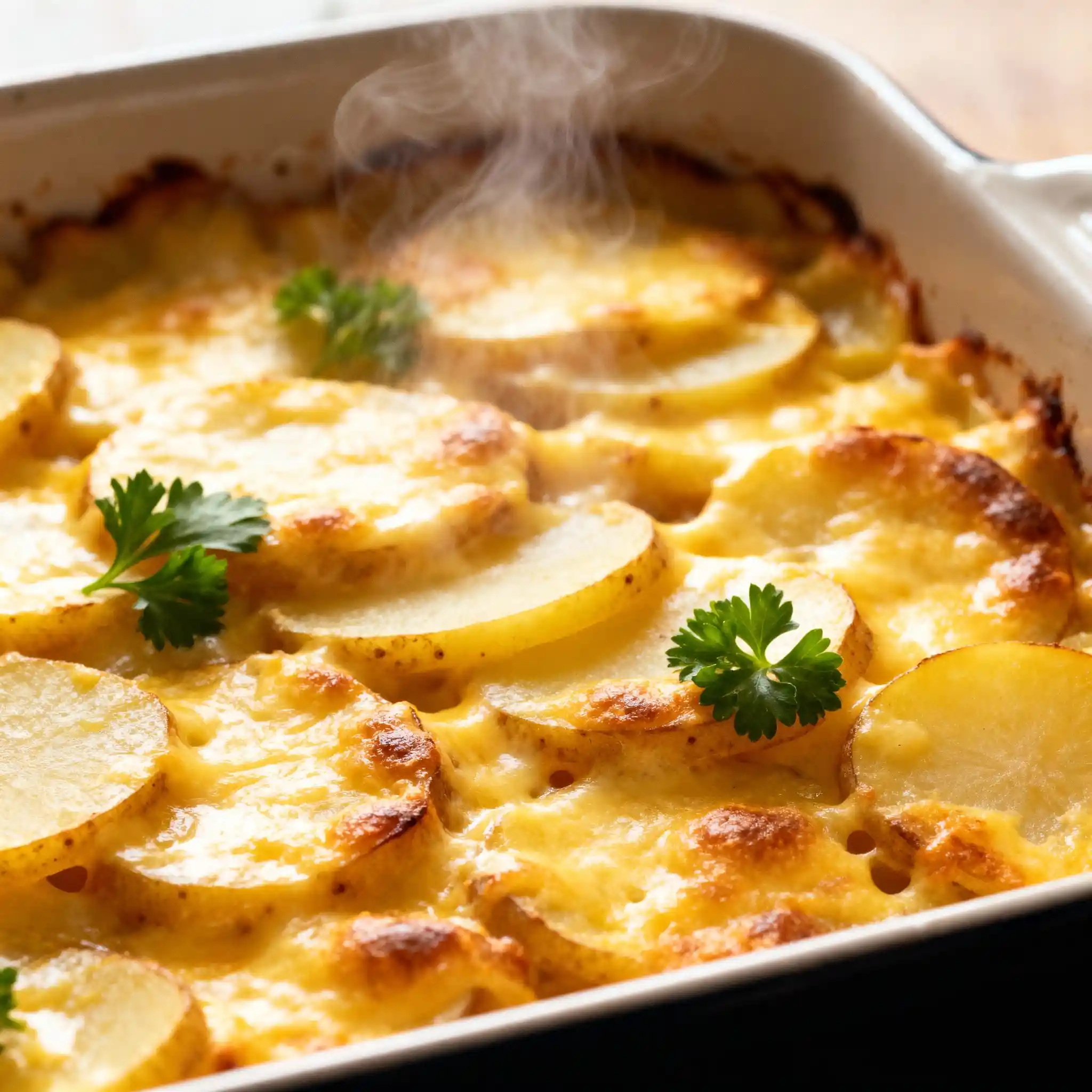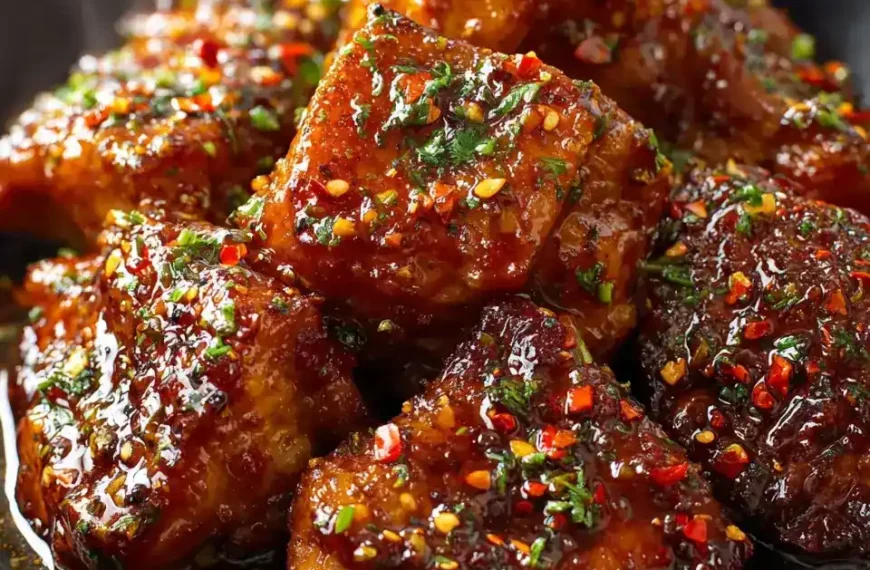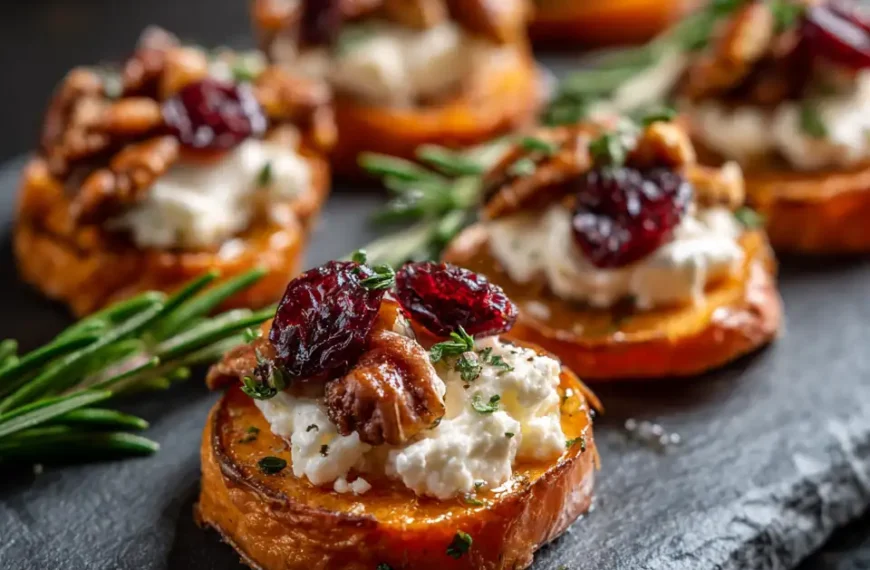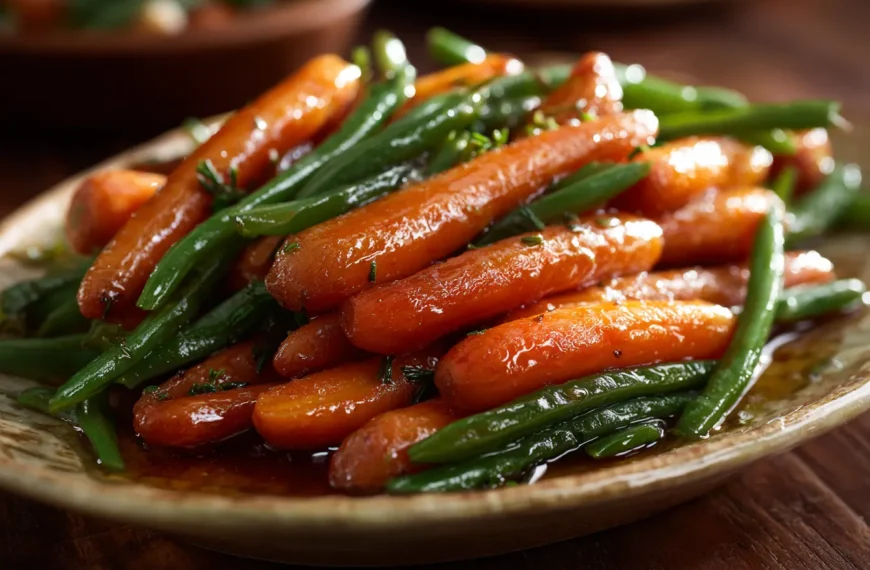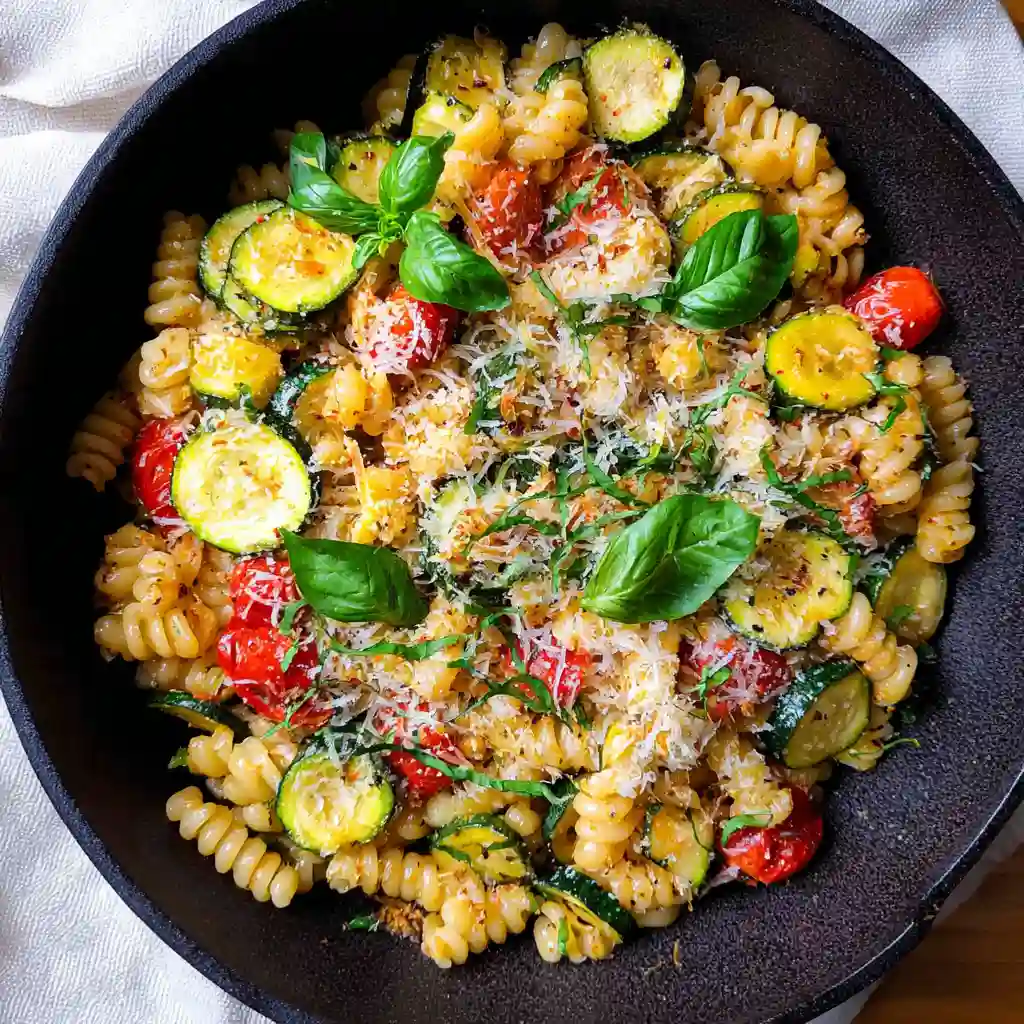Intro
I still remember the first time I roasted a whole turkey. It felt intimidating—thermometers, thawing, timing—but once I learned a few key tricks, everything changed. This easy roast turkey recipe is the one I now turn to every year, and it never fails. The herb butter does all the heavy lifting, soaking into the meat for maximum flavor and a crisp, golden skin. No brining, no basting, no stress. Just classic flavors: garlic, fresh herbs, and citrus tucked inside. Whether it’s your first time or your fiftieth, this method will give you juicy, tender results—every single time.
How to Prep an Easy Roast Turkey Like a Pro
Getting the Turkey Ready
Start by letting your turkey come to room temperature for about an hour. This helps it roast evenly. While that’s happening, let the butter soften and gather your herbs. Remove the giblets and neck from the cavity (usually tucked inside), then pat the bird dry with paper towels. Dry skin equals crisp skin. Season it generously with salt and pepper, both inside and out—don’t be shy here. Stuff the cavity with halved lemon, fresh sage, thyme, rosemary, and peeled garlic cloves. These add moisture and subtle flavor from the inside as the turkey roasts.
Making the Garlic Herb Butter
This butter is the star of the show. In a bowl, mash together softened unsalted butter, minced garlic, chopped fresh herbs, salt, and pepper. Rub it all over the turkey—on the breast, legs, and thighs. You don’t need to get under the skin, just make sure everything is well coated (except the underside). The butter melts as it roasts, basting the turkey naturally and helping the skin brown beautifully. If you’re into presentation, tie the legs with kitchen twine and tuck the wings under for a clean look.
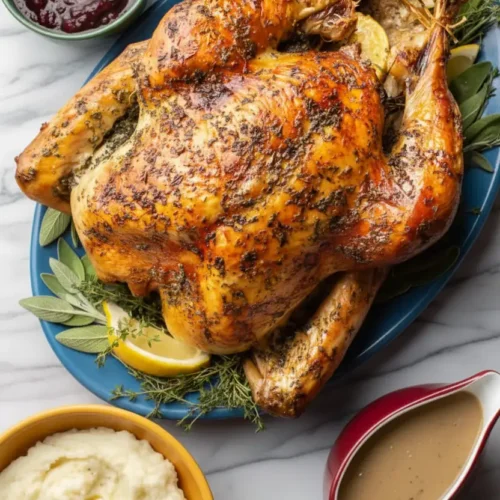
Easy Roast Turkey
Ingredients
- 1 14-16 pound whole turkey see note
- Salt & pepper to taste
- Herb butter:
- 1 cup unsalted butter 2 sticks softened
- 1 tablespoon fresh sage chopped finely
- 1 tablespoon fresh thyme chopped finely
- 1 tablespoon fresh rosemary chopped finely
- 4 cloves garlic minced
- 1 teaspoon salt
- 1/2 teaspoon pepper or to taste
- Inside the turkey:
- 1 lemon halved
- A few sprigs each fresh sage thyme, and rosemary
- 1 head garlic break into cloves and peel them
Instructions
- Take the turkey out of the fridge to let it warm up for an hour prior to roasting it. Set it on a baking sheet (this will help collect spills etc. once you open the packaging later on). Also take the butter out of the fridge to let it soften up.
- Add the butter to a bowl, along with the other herb butter ingredients. Mash together with a fork.
- Preheat oven to 450F and move a rack to the bottom third of the oven (remove the rest of the racks so there’s plenty of room).
- Take the turkey out of its packaging and remove the giblets and neck if they were included (found inside the cavity). If your turkey was frozen, you’ll want to do this near the sink since there will be lots of excess liquid. Be sure to drain as much liquid from the cavity as possible, then put it back on the baking sheet.
- To prep the turkey: Pat it dry with paper towel. Season with salt & pepper (add some inside the cavity too… about a teaspoon of salt in total since the herb butter contains salt too). Stuff the cavity with the lemon, herbs, and garlic. Rub the turkey all over with the herb butter (I don’t do the very bottom of the bird). Tuck the wings under the turkey and tie the legs together with kitchen twine (optional, but it makes for a neater appearance).
- Place the turkey on the rack of the roasting pan (breast side up).
- Place the roasting pan in the oven and reduce the heat to 350F.
- Roast the turkey for about 3 hours (for a 14 pound turkey), until an instant read meat thermometer inserted into the thickest part of the thigh reads 165F. When the turkey rests, the temperature will continue to rise, and the thigh meat should end up in the 170s, which will be perfectly tender. Begin testing for doneness 30 minutes before total roasting time is reached to avoid surprises. There is no basting in this recipe. Important: the skin will brown before the turkey is done (up to an hour or so before). At this point, loosely cover the turkey with non-stick foil for the remainder of cooking time so the breast meat doesn’t burn.
- The timing rule for turkey is 13 minutes per pound at 350F, so adjust accordingly based on the size of your bird. Also remember that each time you open the oven, it’ll lose some heat and cooking time will increase a bit.
- Once the turkey is cooked and out of the oven, carefully tilt the roasting rack so the juices inside the turkey spill out to the bottom of the pan (these can be made into gravy!). Lift the rack (with the turkey on it) and transfer the turkey to a large cutting board or plate.
- Let it rest for 20 minutes prior to carving. This is important! The juices need time to redistribute or else you’ll end up with a dry turkey. You can use the drippings to make gravy while the turkey rests.
Notes
Use sea salt or kosher salt if possible. Do not salt an already brined turkey, and I would reduce or eliminate the salt in the butter if using this recipe with a brined turkey. Nutrition
Calories: 537kcal | Carbohydrates: 3g | Protein: 56g | Fat: 33g | Saturated Fat: 15g | Polyunsaturated Fat: 4g | Monounsaturated Fat: 9g | Trans Fat: 1g | Cholesterol: 234mg | Sodium: 684mg | Potassium: 623mg | Fiber: 1g | Sugar: 1g | Vitamin A: 754IU | Vitamin C: 8mg | Calcium: 52mg | Iron: 3mg
Roasting the Turkey to Golden, Juicy Perfection
Oven Temperature and Roasting Time
Start roasting at 450°F to help the skin begin to brown, but don’t leave it there—drop the temperature to 350°F as soon as the turkey goes in. That initial blast of heat jumpstarts crispiness, while the lower temp ensures juicy, even cooking. A good rule of thumb is 13 minutes per pound at 350°F. So for a 14-pound bird, plan for around 3 hours. But don’t just rely on the clock—use an instant-read thermometer. Insert it into the thickest part of the thigh (without touching bone). You’re aiming for 165°F. Always check early to avoid overcooking.
No Basting Required, Just Foil at the Right Time
One of the best parts about this easy roast turkey? No basting. The garlic herb butter takes care of that. About halfway through, the skin will likely start to brown nicely—maybe even too quickly. That’s your cue to tent the bird loosely with foil, especially over the breast. This helps keep the skin from burning while allowing the inside to continue roasting gently. Every oven runs a little different, so check the bird around the 2.5-hour mark and adjust as needed. When it hits temperature, pull it out and let it rest—this final step is just as important as the roast.
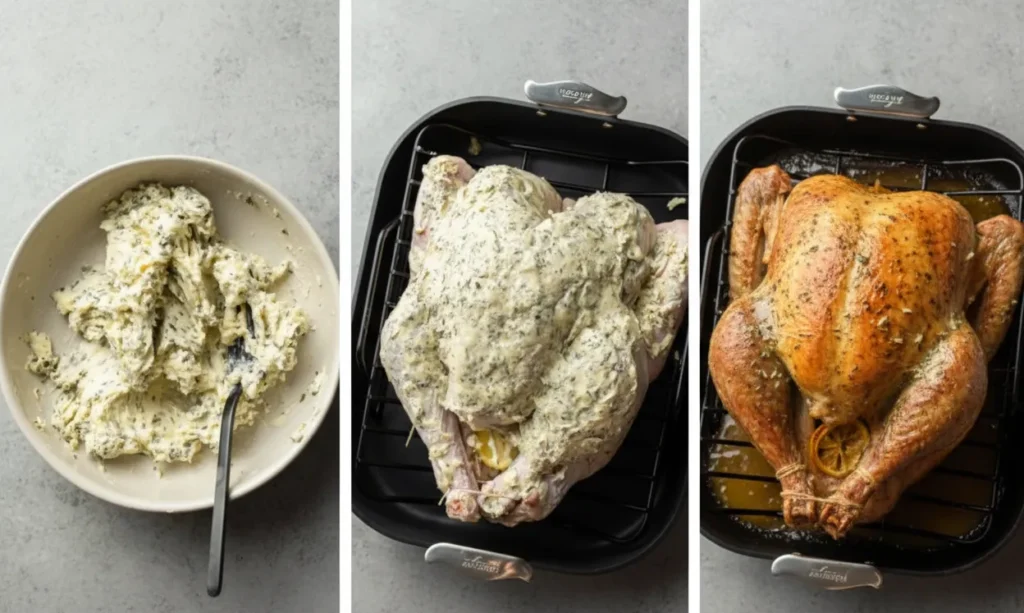
Letting It Rest, Carving Like a Chef & Saving the Drippings
Why Resting the Turkey Matters
Once your turkey reaches 165°F in the thigh, it’s tempting to dive right in—but resist. Letting the bird rest for at least 20 minutes (up to 40 for larger birds) is what seals in all those juices. If you skip this step, they’ll spill out the moment you start carving, leaving you with dry meat. Resting allows the juices to redistribute, making the turkey moist and tender all the way through. Loosely tent it with foil and set it on a cutting board while you prep the rest of your meal—or better yet, whip up some homemade gravy.
How to Carve and Collect Drippings
When ready to carve, use a sharp carving knife and cut one section at a time: thighs and drumsticks first, then breasts, then wings. If you’re new to it, don’t stress—there’s no “wrong” way, just aim for clean slices. Before moving the bird, tilt the roasting rack and let any juices inside the cavity run into the pan. These flavorful drippings are liquid gold. You can strain them and simmer with flour and a splash of broth or wine for a rich, savory gravy. Don’t skip this—gravy is where all those roasting aromas come to life on the plate.
Troubleshooting & Flavor Variations for Your Easy Roast Turkey
Common Issues and How to Fix Them
Worried about a dry turkey? It almost always comes down to overcooking. The solution is simple: use a meat thermometer and pull the bird at 165°F in the thigh. If your turkey cooks unevenly, rotate the pan halfway through roasting. Skin too dark? That’s where the foil tent comes in—don’t wait until it’s too late. If your turkey isn’t browning at all, make sure you’re not using a convection setting, and that your oven temperature is accurate (ovens lie!). And if you forgot to thaw your turkey in time—don’t roast it frozen. Give it at least 24 hours in the fridge per 5 pounds.
Flavor Twists to Try Next Time
This recipe uses a classic garlic-herb butter, but you can change the flavor profile easily. Want citrus-forward? Add orange zest to the butter and stuff the cavity with sliced oranges. For smoky depth, try adding a teaspoon of smoked paprika or chili powder. For a sweeter profile, rub a little maple syrup or brown sugar into the skin with the butter. And if you’re feeling adventurous, swap butter for compound ghee or duck fat. The base technique stays the same—what changes is the flavor direction. Each version turns out juicy, golden, and dinner-table worthy.
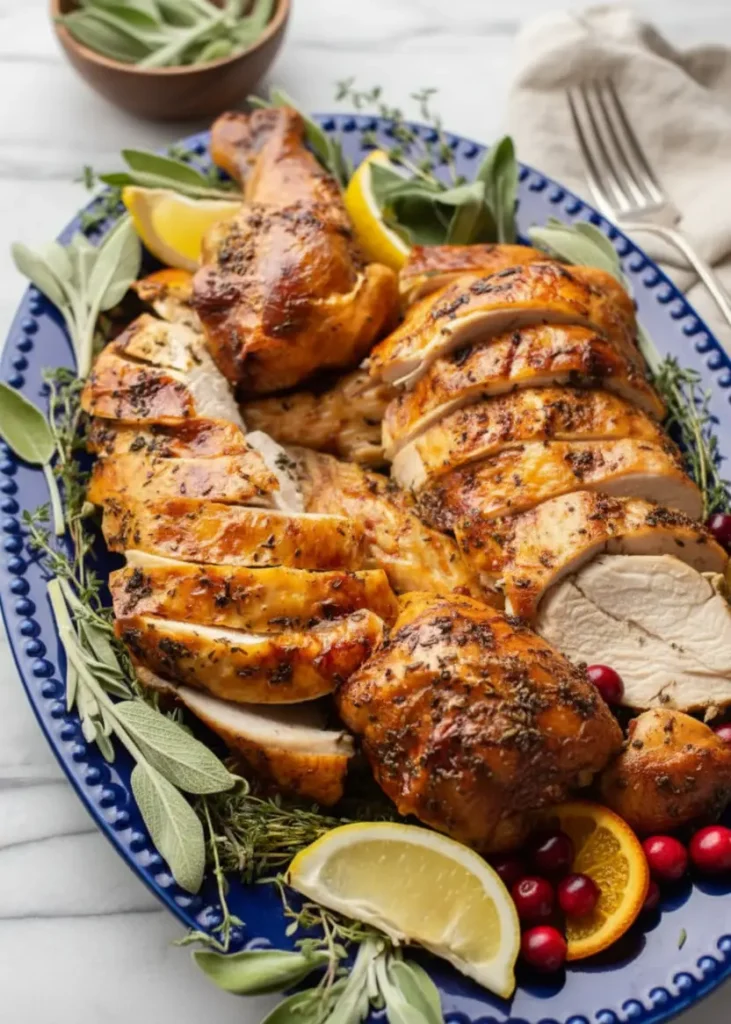
FAQs About Easy Roast Turkey
How long do you cook a 14-pound turkey at 350°F?
You’ll need about 3 hours for a 14-pound bird when roasting at 350°F. The general rule is 13 minutes per pound. Always check the internal temp—it should reach 165°F in the thigh.
Do you cover turkey when roasting in the oven?
Not at first. Roast uncovered so the skin crisps up. Once it’s golden, tent with foil to prevent burning and keep the breast from drying out.
How do you keep a roast turkey from drying out?
Let it rest for at least 20 minutes after cooking. Use a thermometer to avoid overcooking. Herb butter also helps lock in moisture while roasting.
What herbs are best for seasoning roast turkey?
Fresh sage, thyme, rosemary, and garlic are classic. You can also add parsley, oregano, or even a little citrus zest for extra flavor.
Conclusion
Roasting a turkey doesn’t need to be a high-stress, once-a-year challenge. With this easy roast turkey recipe, you’ve got a foolproof method that delivers golden skin, juicy meat, and incredible flavor every time. The herb butter does the heavy lifting while the oven takes care of the rest—no basting or brining required. Whether you’re feeding a crowd or hosting a small holiday dinner, this method gives you confidence and results. Carve it up, pour the gravy, and enjoy the satisfying moment when your guests go back for seconds.
